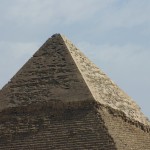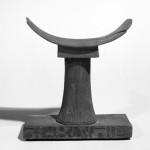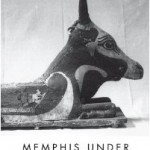
Review: Memphis Under the Pharaohs (Dorothy L Thompson)
I was looking forward to reading the second edition of Memphis Under the Ptolemies by Dorothy Thompson. There is an allure, almost a mystique, to Memphis. I wanted to say I enjoyed the book. Sadly I cannot. It became something of a chore, but one rewarded by a great chapter later in the book. An unexpected treasure. Many other reviewers have considered the book in the context of its standing as an academic work. Most students and scholars are likely to have access to the book through their faculty library. In approaching my own review I have therefore considered it more from the viewpoint of enthusiastic amateurs or distance learning students who do not have access to a specialist library. [more…]
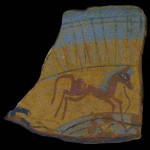
The new Ancient Egypt and Sudan galleries at the Ashmolean, Oxford
The Ashmolean Museum, a neoclassical edifice built by Sir Charles Cockerel in 1845, has invested both money and creativity in a refurbishment of the entire museum and art gallery. The effect, bright and open, a sympathetic blending of old architecture and new design, is inviting and attractive. The Ancient Egypt and Sudan galleries were the last to receive the modernization treatment. Costing over £5 million and designed by Richard Mather, they were re-opened in November 2011. [more…]

Was Egypt the First Nation State?
By Kate Phizackerley and Michelle Low. Published on Egyptological, Magazine Articles, Edition 6, May 31st 2012 Editorial (Kate Phizackerley) Was Pharaonic Egypt a nation state? This is not a new question but it is hard to answer for a variety of reasons, including: the context of the question is rooted in a modern concept (nation-state); […] [more…]

Colloquium Overview: Recent Archaeological Fieldwork in Sudan
By Patricia Spencer. The 2012 all-day colloquium of the Sudan Archaeological Research Society (http://www.sudarchrs.org.uk/) was held in the Stevenson Auditorium of the British Museum on Monday 14 May. This annual event concentrates on presenting up-to-the-minute reports of archaeological fieldwork, both that carried out by SARS itself and by other expeditions, British, Sudanese and from elsewhere, working in Sudan. [more…]
Edition - April, 2012
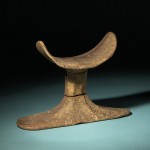
Editorial: Egyptological Magazine Edition 5
We aim to bring you a new edition of the Magazine every two or three months but Edition 5 is published less than 6 weeks after Edition 4 as Egyptological goes from strength to strength. Headlining this edition, experienced writer Barbara O’Neill demonstrates a new talent as a journalist. Her interview of Dr Joyce Tyldesley […] [more…]
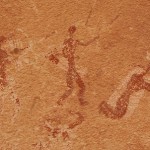
Life on Mars: The Gilf Kebir, Zerzura and the Cave of Swimmers
Rising 300m above the desert floor, and covering an area the size of Switzerland, the Gilf Kebir is one of the most arid and inhospitable places in the Sahara. Located in the Egyptian desert, near the Libyan border a 100km north of Sudan, it shares a latitude with Abu Simbel. For over 100,000 years the Gilf Kebir was home to generations of hunters, followed by two thousand years of use by nomadic herders. It was only re-discovered in 1926, and since then it has been the subject of numerous expeditions for exploration, archaeological and geological investigation and, more recently, tourism. Very remote and arid it remained an almost pristine landscape until recent decades, perfect for field research. Even NASA researchers have studied the Gilf Kebir to evaluate conditions that might prevail on Mars. [more…]

Arthur Weigall: A Man Out of Time – Part 2
As we saw in Part 1, in spite of his lack of a formal education Arthur Weigall pursued the role of archaeological excavator, achieving his dream of working in Egypt. Although his initial achievements were minimal, he was promoted to the position of an Inspector in Egypt, a role he took on with energy and dedication. He was fiercely protective of monuments from Luxor to Nubia, often falling into dispute with the authorities and wealthy patrons over the importance of preservation through proper archaeological technique. [more…]
 By
By 
